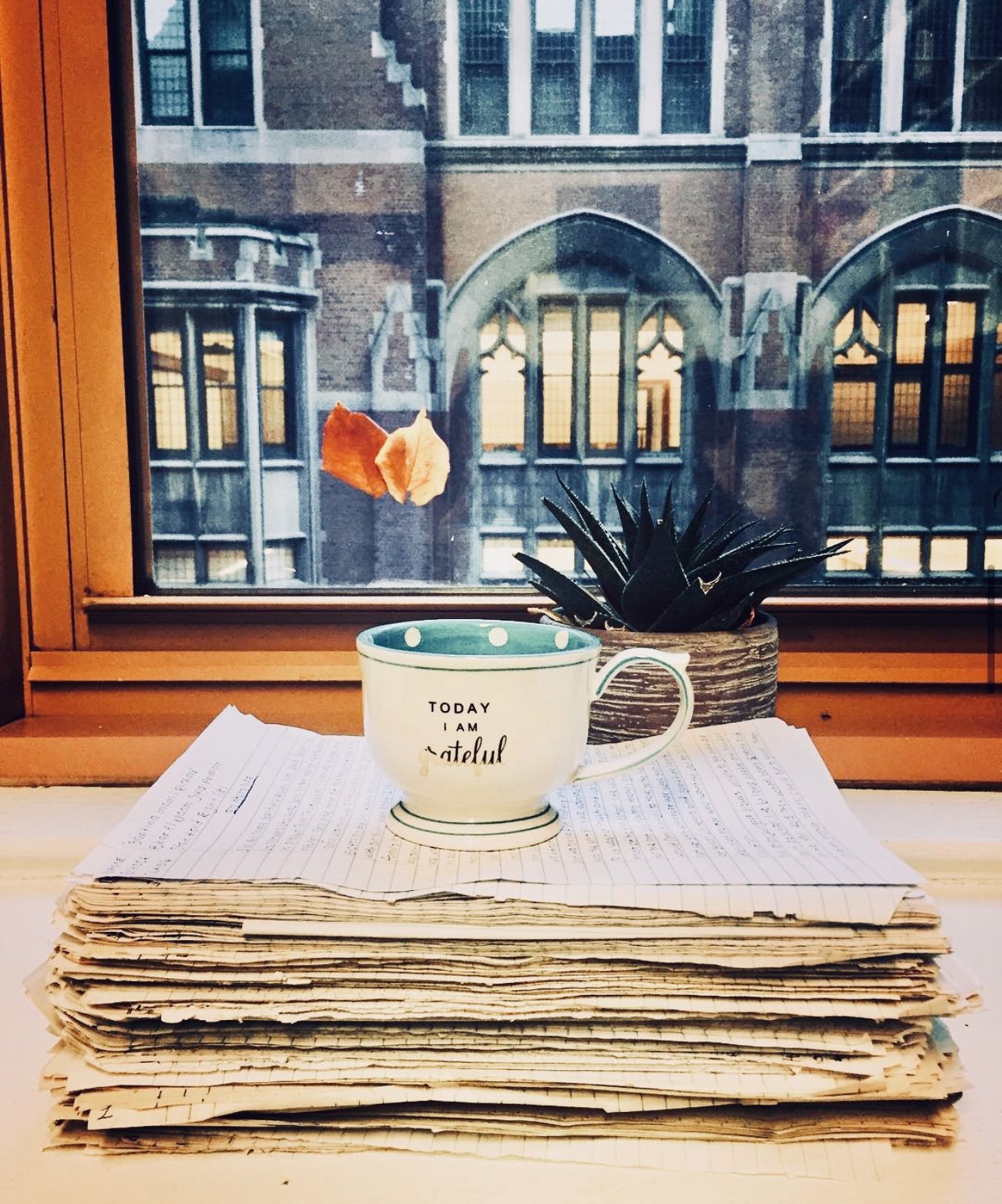“I want to write my own stories.”
I first met Amal (pseudonym) in January 2017 when I was conducting school visits as part of a teacher professional development initiative in Kakuma Refugee Camp. A young South Sudanese girl with a beautiful smile approached me and started sharing her story. She said,
Amal: I want to be a writer. But in Kakuma, no one seems to be interested in my story.
Jay: Well, I’d be more than happy to read your work and listen to your stories!
This is how this storytelling project started. Amal and 711 other girls sent me their stories.
Amal’s story is rife with challenges and obstacles. It starkly contrasts the lives of adolescent girls who are untouched by the degree of political unrest and conflict that characterizes many youths in displacement. Living in the camp is also far from ideal because the emphasis on assimilating to the cultural and social norms takes precedence over individual growth. However, this is but one aspect of Amal’s story, as well as that of others like her. As we listened to several girls share their experiences, we heard many stories of hope, often due to the educational opportunities afforded to them in the camp. Therefore, we recognized the importance of letting the girls speak of their stories— their journey, life in the camp, and aspiration for the future.
The stories on this website include 55 out of 712 stories we initially collected and then analyzed for a larger project (We aim to analyze the rest in the near future).
The paintings were contributions from adolescent girls living in New York/New Jersey, who first read these stories and expressed their reactions/impressions in drawing/painting.
